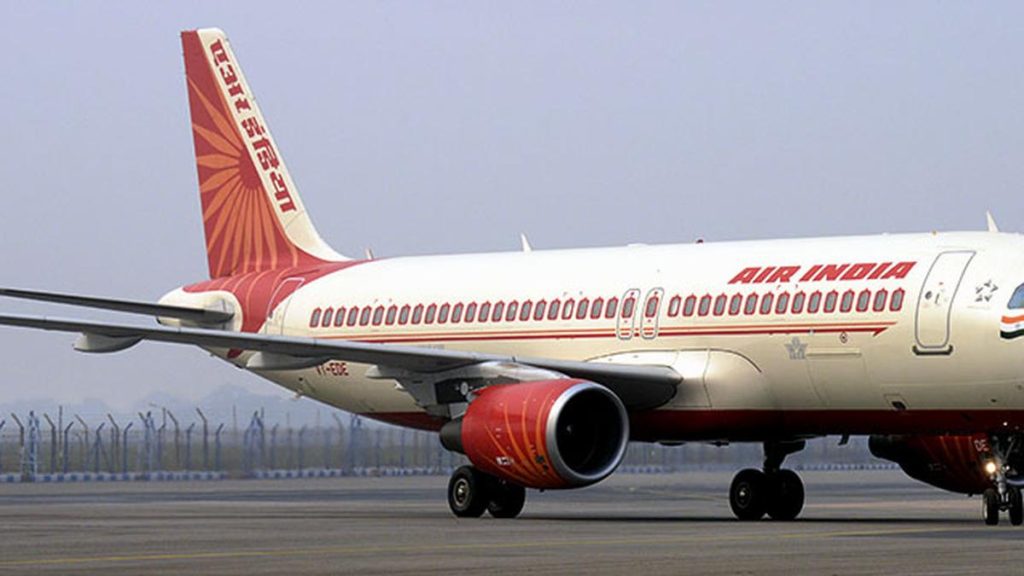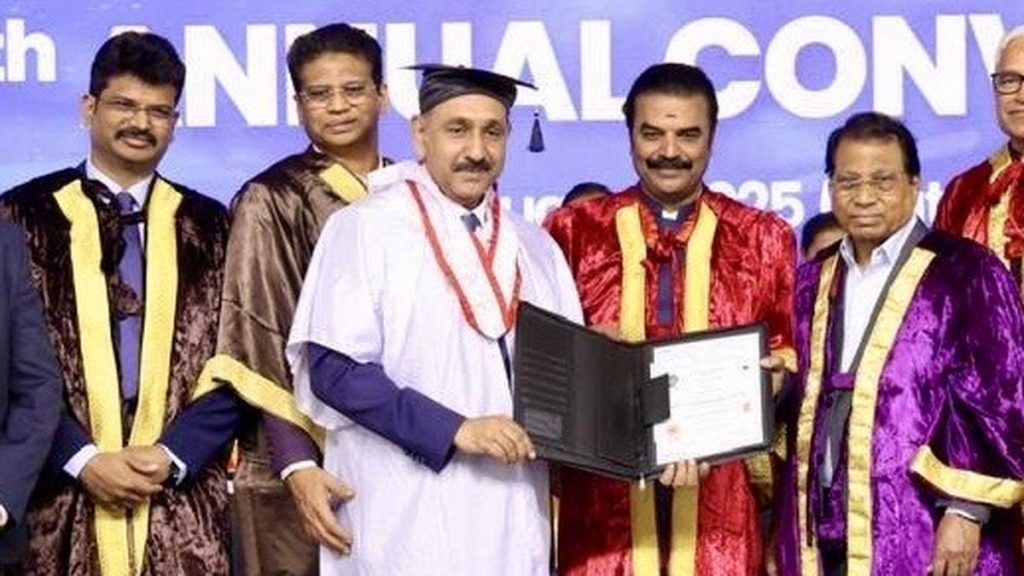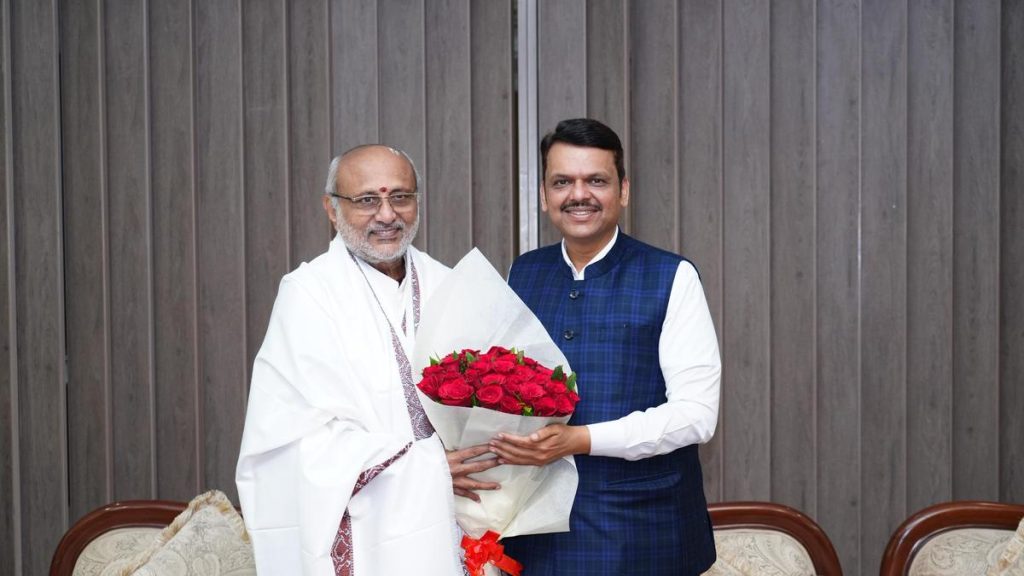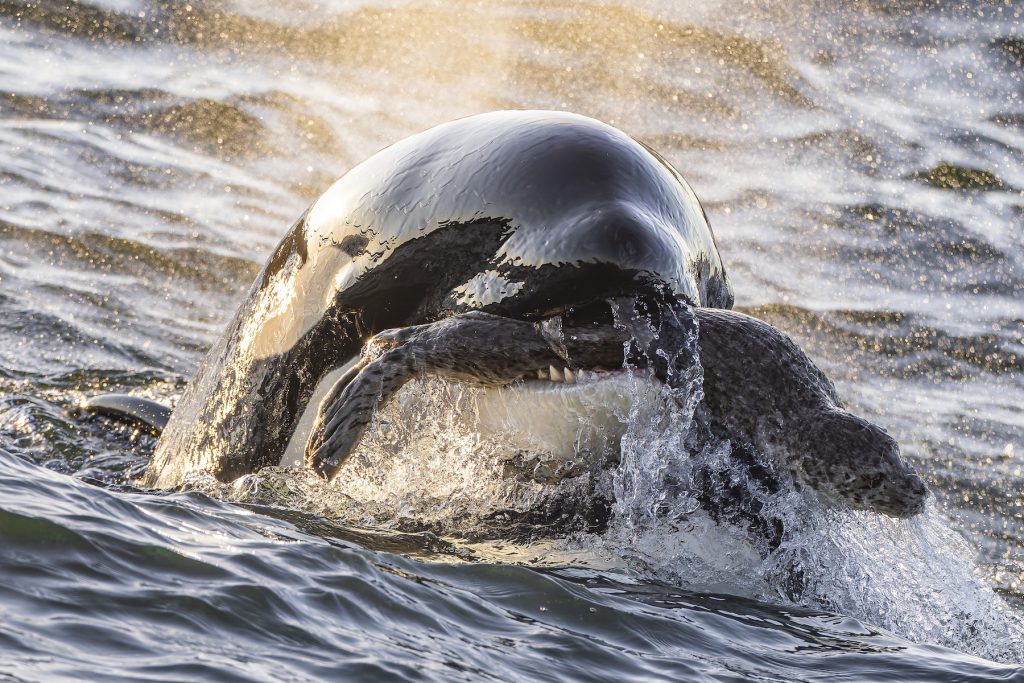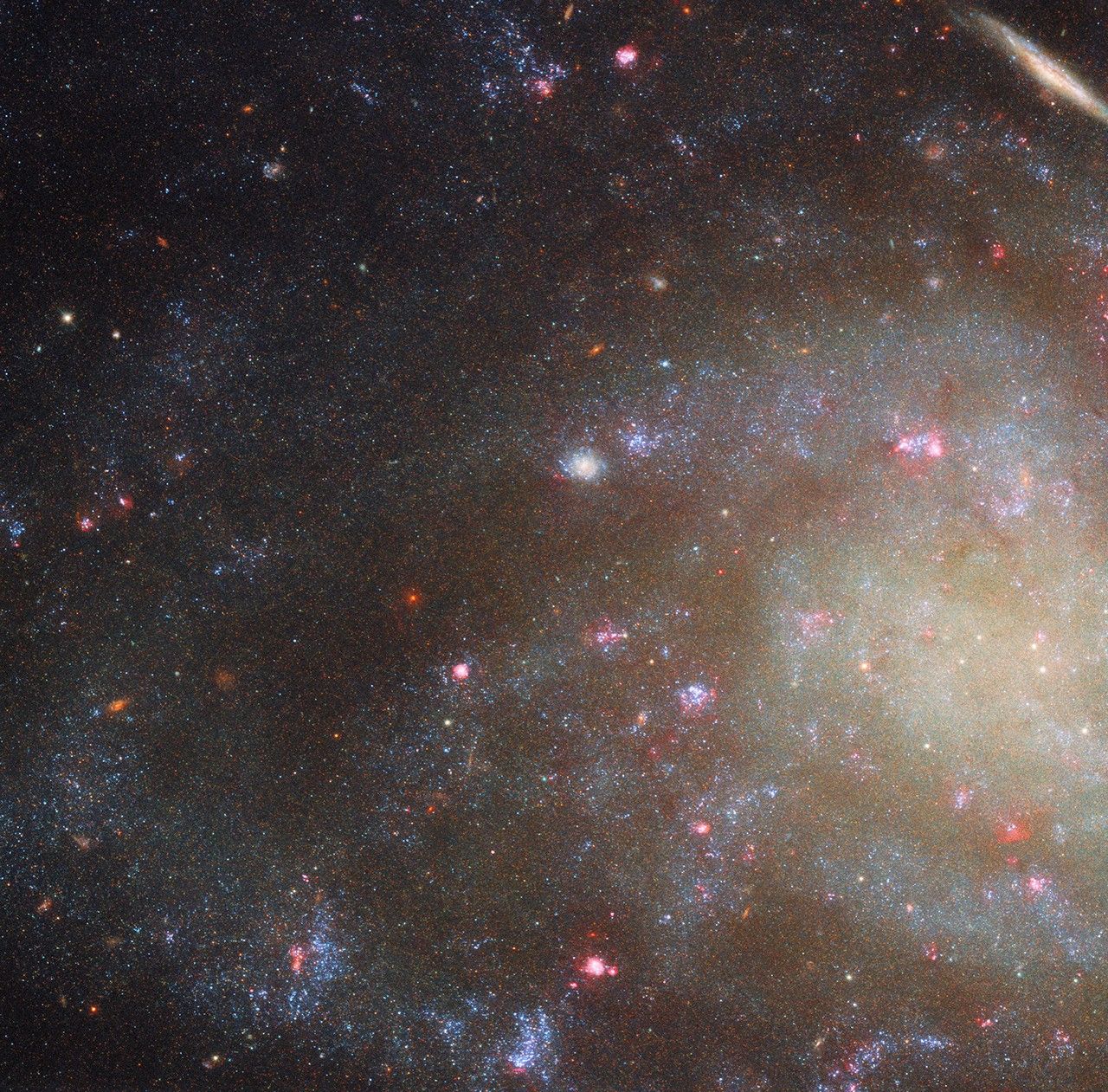Now Reading: NASA Invites Proposals for 2026 Human Rover Challenge
-
01
NASA Invites Proposals for 2026 Human Rover Challenge
NASA Invites Proposals for 2026 Human Rover Challenge
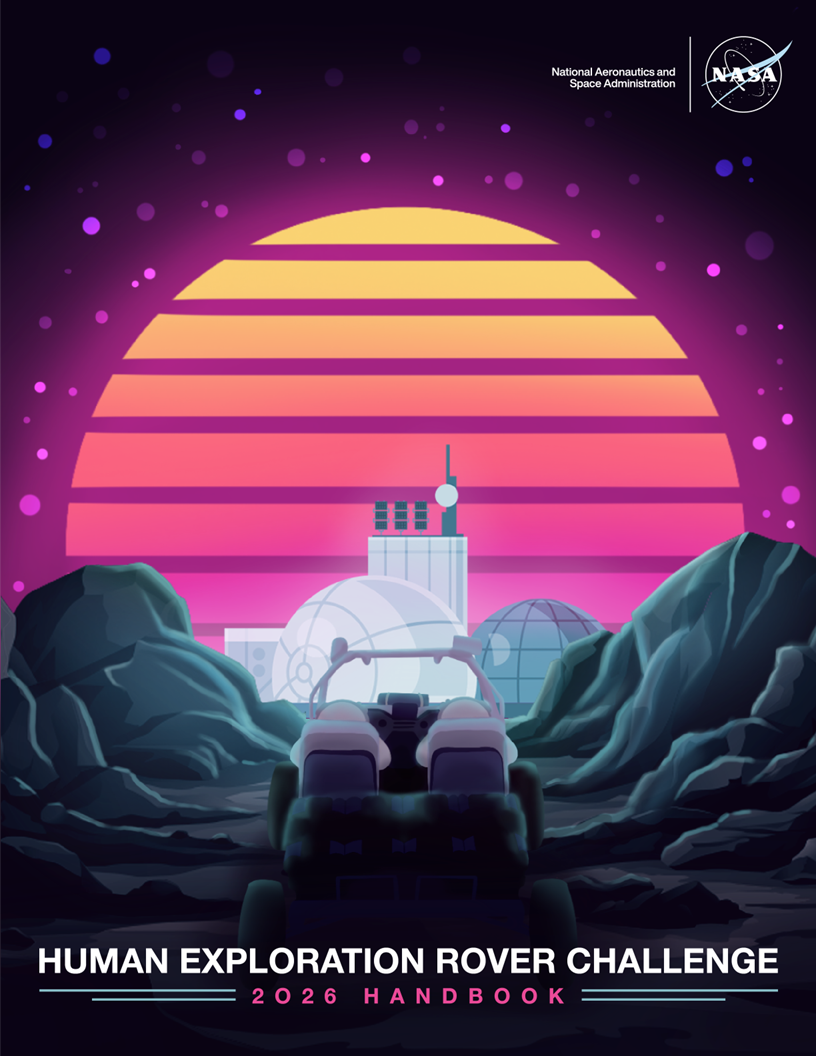
Fast summary
- NASA is accepting proposals from student teams for the 2026 Human Exploration Rover Challenge until September 15, 2025.
- The challenge involves designing, building, and testing rovers capable of completing mission tasks on simulated lunar and Martian terrains.
- Teams can participate in either the remote-controlled or human-powered divisions as outlined in NASA’s handbook.
- This year’s tasks mimic future Artemis missions; teams must collect and test samples (soil, water, air) along a half-mile course featuring obstacles like asteroid debris, erosion ruts, crevasses, and ancient streambeds.
- Human-powered rover teams simulate astronauts using manual tools to collect samples; remote-controlled rovers feature onboard tools for automated collection/testing.
- The competition aims to inspire students toward STEM careers by providing hands-on experience with mission-oriented projects akin to real-world space exploration challenges.
- Over 15,000 students have participated since the challenge began in 1994; many have gone on to work at NASA or within aerospace industries.
- Seventy-five teams participated last year from colleges/universities across 20 states and globally spanning Puerto Rico and 16 countries.
- The event will culminate April 9-11, 2026 at the U.S. Space & Rocket Center near NASA’s Marshall Space flight Center in Alabama.
Indian Opinion Analysis
NASA’s Human Exploration Rover Challenge reflects its commitment to advancing STEM education globally while aligning with long-term goals of lunar exploration under Artemis missions set to pave paths for Mars expeditions. For india-a country nurturing an expanding aerospace sector-such initiatives signify opportunities for Indian student participation on international platforms that hone cutting-edge technological skills critical for future space collaborations or domestic advancements like ISRO’s expanding interplanetary programs (e.g., Chandrayaan-mangalyaan). Emulating practices such as these could help India foster similar talent pipelines domestically while deepening expertise among its workforce poised for a growing role within global space science dialog.


